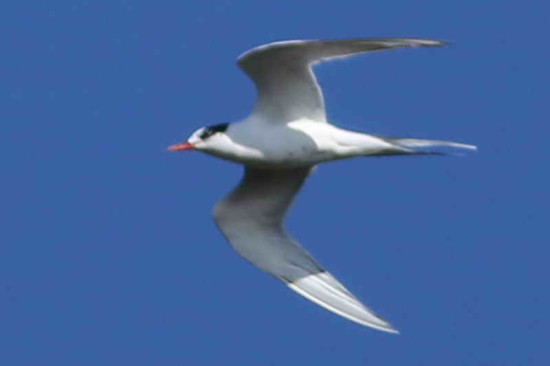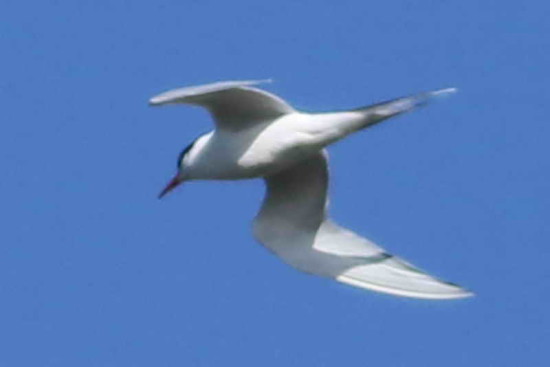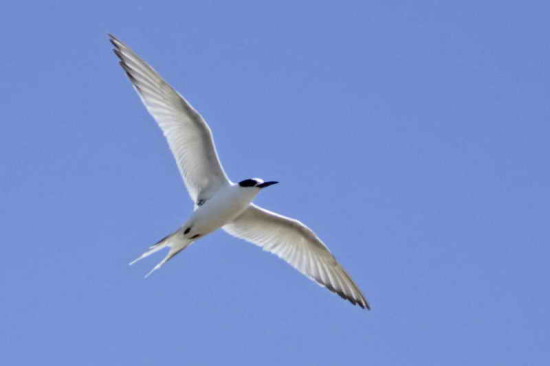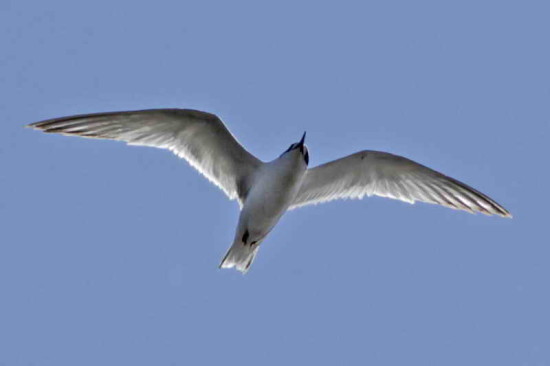Order: Charadriiformes - Family: Laridae Status: Winter visitor. Habitat: Air Space. Coast of the river
| All records since January 2014 |
|---|
| Adult |
|---|
 11-7-17 © J. Simón Tagtachian 11-7-17 © J. Simón TagtachianRed bill, white front and long and white tail.  11-7-17 © J. Simón Tagtachian 11-7-17 © J. Simón Tagtachian |
| More photographic records since January 2013 |
|---|



